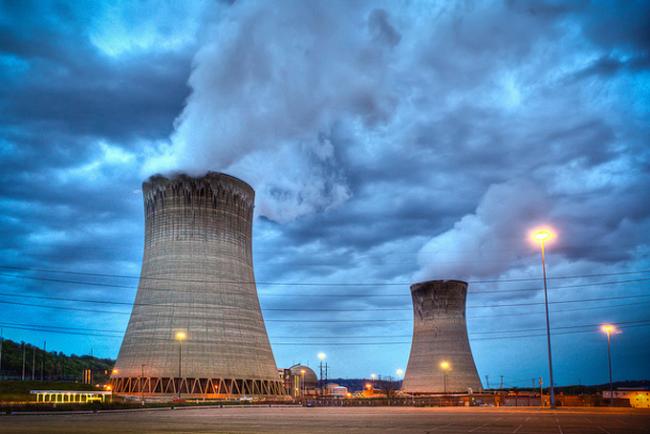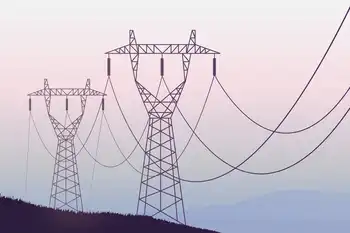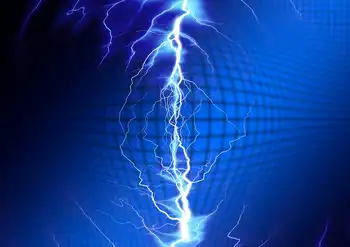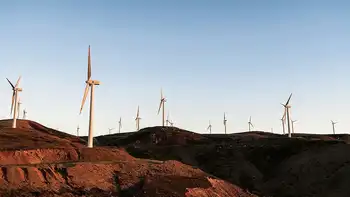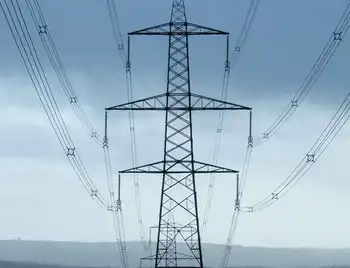Nuclear power can help fight global warming
By Lowell Sun Online
Substation Relay Protection Training
Our customized live online or in‑person group training can be delivered to your staff at your location.

- Live Online
- 12 hours Instructor-led
- Group Training Available
Though it's often assumed that "clean sources" refers only to solar and wind energy, the proposed legislation also includes provisions for an expansion of nuclear energy, which today provides over 70 percent of the nation's emission free electricity.
Recently, two prominent members of Congress — Democratic Sen. John Kerry of Massachusetts and Republican Sen. Lindsay Graham of South Carolina — called for the construction of more nuclear plants as part of a "blueprint for a clean-energy future."
In addition to existing and proposed incentives, they cited the need for an improved nuclear-permitting process so that construction of new plants can proceed without unnecessary redundancy and delay that would only add time and cost to projects without increasing public safety.
Several factors are driving interest in new reactor construction. One is a forecast for increased electricity demand in future years. The Energy Information Administration projects the United States will need 21 percent more electricity by 2030.
The need for more nuclear plants was cited in a recent report of the National Academy of Sciences. The report confirmed that substantial reductions in greenhouse gas emissions are achievable over the next two to three decades from the increased use of a range of low-carbon energy technologies, including nuclear power.
Another factor that's spurring interest in nuclear power is the emission-reduction goals of climate-change legislation now moving through Congress. In its review of the Waxman-Markey bill that the House of Representatives passed in June, the Environmental Protection Agency said that an additional 180 nuclear plants would be needed to meet the legislation's emission targets.
The Energy Policy Act — which Congress passed in 2005 — contains a number of worthwhile provisions that encourage the development of nuclear and other low-carbon energy sources. For wind and solar systems and for nuclear plants, there are loan guarantees and production tax credits. Loan guarantees are needed so that companies can obtain private financing for construction of power plants and other infrastructure improvements that have high, up-front capital costs.
The Energy Policy Act also authorized nuclear energy production tax credits for the first 6,000 megawatts of electricity capacity (four or five reactors' output) at 1.8 cents per kilowatt-hour — a tax credit lower than the one for wind energy.
Another critically important provision deals with the licensing of new nuclear plants. In particular there is standby insurance, underwritten by the government to protect against regulatory delays and other unforeseen setbacks in approving first-of-a-kind reactor technology and in the issuance of construction and operating permits.
At present, 25 new reactors are in the permitting process, with four to eight nuclear plants expected to be completed by 2017. The Nuclear Regulatory Commission has already certified several standardized reactor designs for construction. However, the Nuclear Regulatory Commission estimates that the review and approval of the first set of applications for a construction and operating license could take as long as 3 1/2 years.
The current licensing process allows state and local officials and the public ample opportunity to review and comment on all safety issues involved in the permitting of new nuclear plants. Yet the licensing process as now written requires back-to-back hearings before a construction license or early site permit is issued even if there are no contested issues. Such a redundant and unneeded review process serves no useful purpose.
As part of the new energy bill Congress should adopt nuclear licensing reforms and eliminate unnecessary hearings that will delay the deployment of new nuclear plants, one of our best tools in the fight against global warming.





